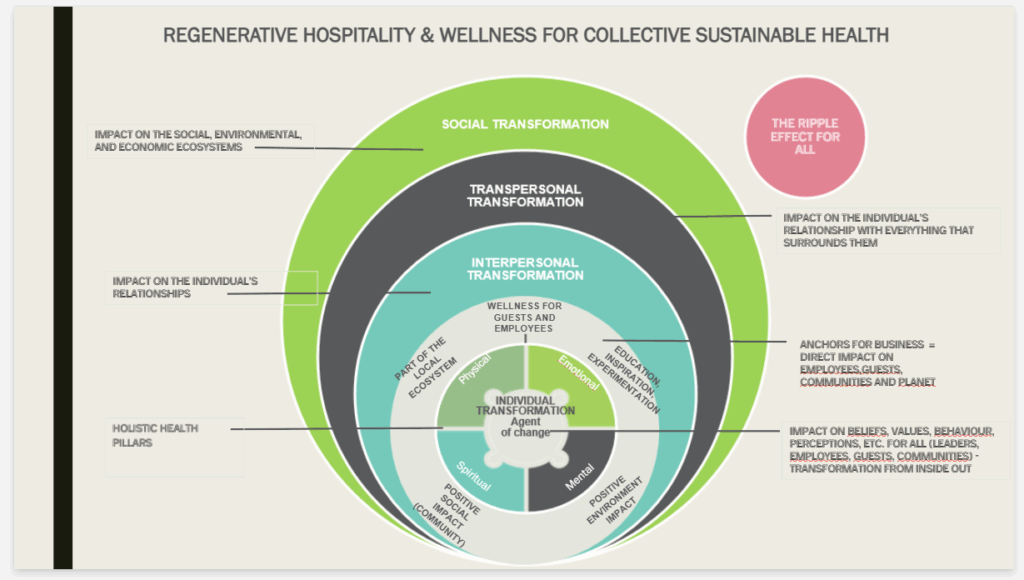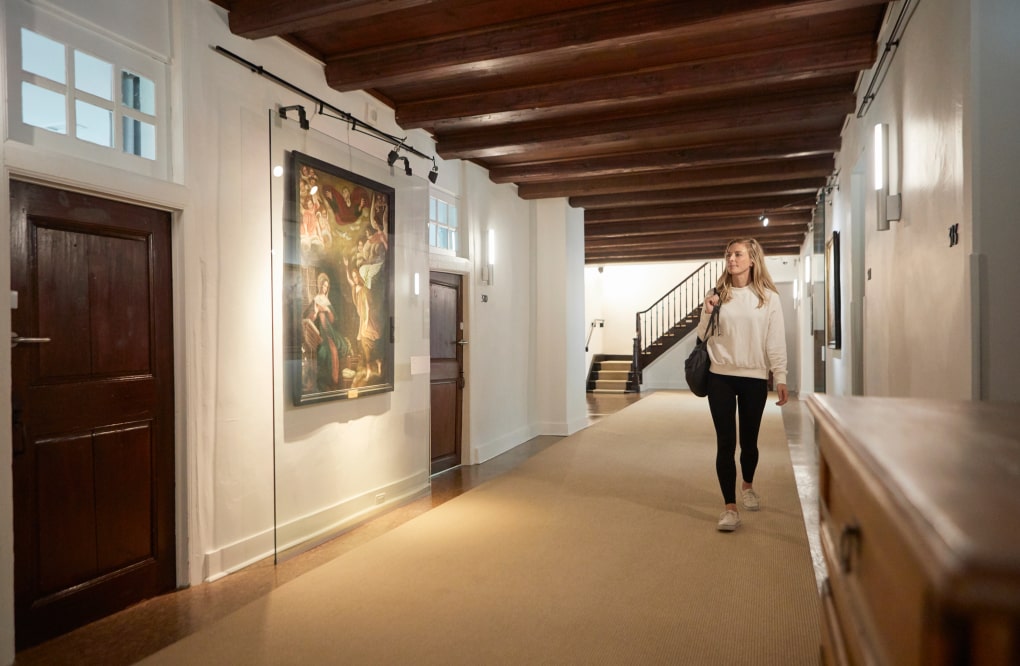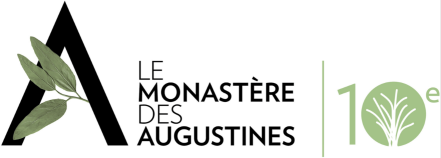Regenerative tourism
In recent years, the term “regenerative tourism” has increasingly appeared in the vocabulary of both the economic and tourism ecosystems. Beyond being just another label to describe tourism, it represents a truly innovative way to structure a business model.

What is regenerative tourism?
Regenerative tourism is an emerging approach that seeks to transform travel into a lever for revitalizing communities and the environment. It encourages travelers to have a positive impact by contributing to:
- The restoration of ecosystems
- The preservation of heritage
- Local well-being
According to the Centre for the Promotion of Imports from developing countries (CBI), this type of tourism allows visitors to support biodiversity, local populations, and the economy of the destination1. The main goal is to leave the place in a better condition than it was found.
Beyond sustainable tourism: toward a regenerative model
Regenerative tourism goes beyond sustainable tourism.
While sustainable tourism seeks to minimize negative impacts and preserve a destination’s current state, regenerative tourism aims to transform and enrich the local ecosystem—environmentally and socially.
This approach questions the logic of resource consumption in tourism and encourages visitors to actively contribute to the regeneration of the area. More holistic and cross-sectoral, it encompasses social, ecological, and environmental dimensions, while also integrating overall health and individual transformation.
A ripple effect for everyone
A true transition toward regenerative tourism requires a holistic and relational approach. It is not only about preserving resources but also about rethinking the connections between tourism, our societies, and our relationship with the world. It goes further still—putting the human experience back at the heart of concerns to better understand the impact of individual and transpersonal transformation.

When we look at the benefits of a lived experience, we can observe a snowball effect through these stages:
- The visitor arrives at a destination
- They experience inner transformation
- They spread that transformation by sharing their experience
- The visitor’s home territory, professional and personal networks are also transformed
The regenerative approach has this unique ability to form a community that will in turn attract new visitors.
Le Monastère as an example of regenerative tourism
Le Monastère des Augustines, located in Old Quebec, stands out for its commitment to sustainable development, integrating heritage, well-being, and holistic health. Its primary objective is to preserve and pass on the material and intangible heritage of the Augustinian Sisters to current and future generations. Guests can discover this precious legacy through:
- Lodging;
- The Museum;
- Massages and treatments;
- Dining services;
- Corporate events;
- Services for caregivers and healthcare providers.
Le Monastère offers services focused on heritage and well-being, encouraging the community to adopt a healthy and balanced lifestyle. Examples include:
- Rooms designed to promote sleep: minimalist decor, no televisions, etc.;
- A restaurant offering a mindful eating experience with local and organic ingredients;
- Wellness and massage therapy services;
- Daily meditative walks and gentle yoga;
- Cultural and wellness activities.

As a nonprofit organization, Le Monastère seeks to create a positive impact on its local community and improve its environment.
This is reflected in the qualitative impact on every individual involved in Le Monastère’s ecosystem, whether they are:
- A guest;
- An employee;
- A business;
- A collaborator.
Each person leaves with their own human transformation, which they then transmit to their external environment.
Social and cultural missions
Visitors find added value in their stay at Le Monastère, as they directly contribute to its cultural and social missions. Indeed, any surplus generated by commercial activities (boutique, lodging, wellness, cultural events, dining, museum, etc.) is reinvested into these missions.
Social mission
Le Monastère’s social commitment takes the form of sliding-scale services for caregivers and health and social service workers, as well as those from the community sector. This support includes:
- Individual or group respite stays;
- Rejuvenation days;
- Sharing community days;
- Accompaniment days;
- Workshops;
- Support groups;
- And more.

The overall wellness approach—“caring for oneself in order to better care for others”—offers these individuals valuable renewal for their own and the community’s benefit.
Cultural mission
The cultural mission involves conserving the heritage building that houses the first hospital north of Mexico in the Americas, one kilometer of archives (recognized in UNESCO’s Memory of the World International Register), and collections (50,000 catalogued artifacts), as well as the transmission of the Augustinian Sisters’ intangible heritage (values, ways of being, and know-how).
By creating a truly close-knit community rooted in values of compassion, sharing, hospitality, respect, and commitment, Le Monastère projects a coherent image that radiates outward. It can thus be seen as a true actor of regenerative tourism, both in its business model and its holistic view of the relationship with all living beings. This innovative model favors:
- Collaboration;
- Community;
- Transmission;
- Well-being.
“Le Monastère’s philosophy aligns with the concept of regenerative tourism, a commitment that goes beyond sustainability. Our nonprofit organization aims not only to create a positive impact on its local community but also to improve its environment. Our visitors participate in the regeneration of social, environmental, and economic ecosystems by taking part in our cultural and social mission.”
Reference:
Other references:

